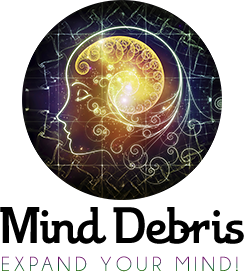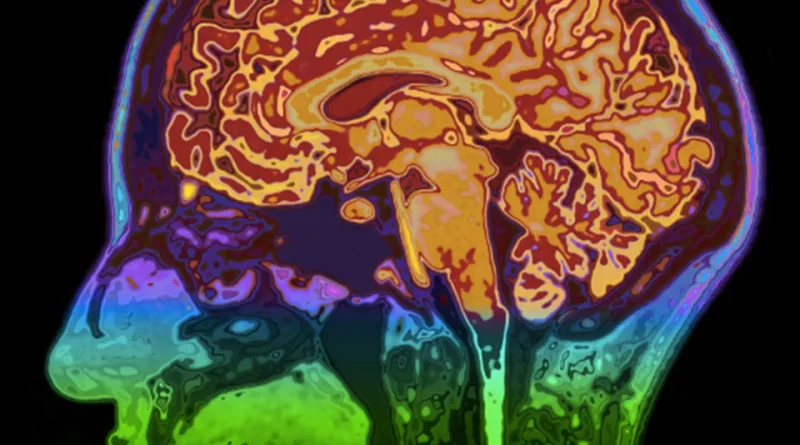Cocaine Holes: What Makes Addiction a Brain Disease?
What Makes Addiction a Brain Disease?
Addiction starts with a person’s voluntary decision to take drugs. Not one person starts out wanting to become an addict, but if someone uses a drug repetitively over time, control over its use dramatically decreases. The person who is originally a voluntary user can start to become a compulsive drug abuser, also referred to as a person with an addiction.
A vast body of scientific research shows that the evolution from voluntary user to addict happens through a combination of developments, which include several brain changes or neuroadaptations that result from frequent drug use. Because changes in brain function and structure are crucial to the expression and development of addiction, it qualifies as a brain disease—a brain disease disguised as compulsive behaviour. It is the archetypal biobehavioral disorder.
Part of the reason for what makes addiction a brain disease is that when the nucleus accumbens is taken over by a drug, especially cocaine, it becomes only driven by that drug.
The nucleus accumbens
The nucleus accumbens is responsible for things outside of consciousness, such as drinking water, eating food, waking up in the morning, brushing teeth, etc. Most things that work of instinct are because of the nucleus accumbens.
The nucleus accumbens is found in an area of the brain called the basal forebrain. There is a nucleus accumbens in each cerebral hemisphere.
Another reason for addiction being considered a brain disease is because of childhood and or early teen trauma. Trauma causes stunted growth of the amygdala. The amygdala is a central processing center for emotions. It links your feelings to other brain capabilities, especially memories, learning and all five of your senses.
The Amygdala
The amygdala is found in the medial temporal lobe, anterior to (in front of) the hippocampus.
Trauma causes the frontal lobe of the brain to overreact. Thus, the drug user uses such drugs to calm down both the amygdala and the frontal lobe.
The frontal lobe is responsible for higher cognitive functions like memory, social interaction, emotions, impulse control, motor function, and problem-solving. It is found right behind the eyes in the forefront of the brain.
When a person takes cocaine repeatedly, over time, the cocaine will start to eat a hole through the frontal lobe. It will significantly increase poorer decision-making, dramatically increasing one’s compulsions.
A person with a cocaine use disorder can regain their frontal lobe by quitting the drug. Repairing the frontal lobe can take up to a year. Alcohol can cause reversible brain damage, and the brain can take up to a year to heal a damaged alcoholic brain. Methamphetamine can cause irreversible brain damage.
The Best Treatment for Addiction
As addiction is a complex biobehavioral disorder whose expression and development heavily depend on social context, addiction treatment unavoidably has various components. The symptoms of the brain disease go further than simply using a bunch of drugs.
Addiction has various medical, social, and behavioural consequences that affect a person’s ability to function in practically every life domain. Although the objective outcome of treatment can’t just be reducing drug use, it has to be restoring the individual to full functioning in the family, in society, and at work. Because of these reasons, the best treatments combine—as suitable to the individual—medications, behavioural therapies, and psychosocial services.
Sources:
https://www.apa.org/monitor/jun01/sp
https://www.britannica.com/science/amygdala

